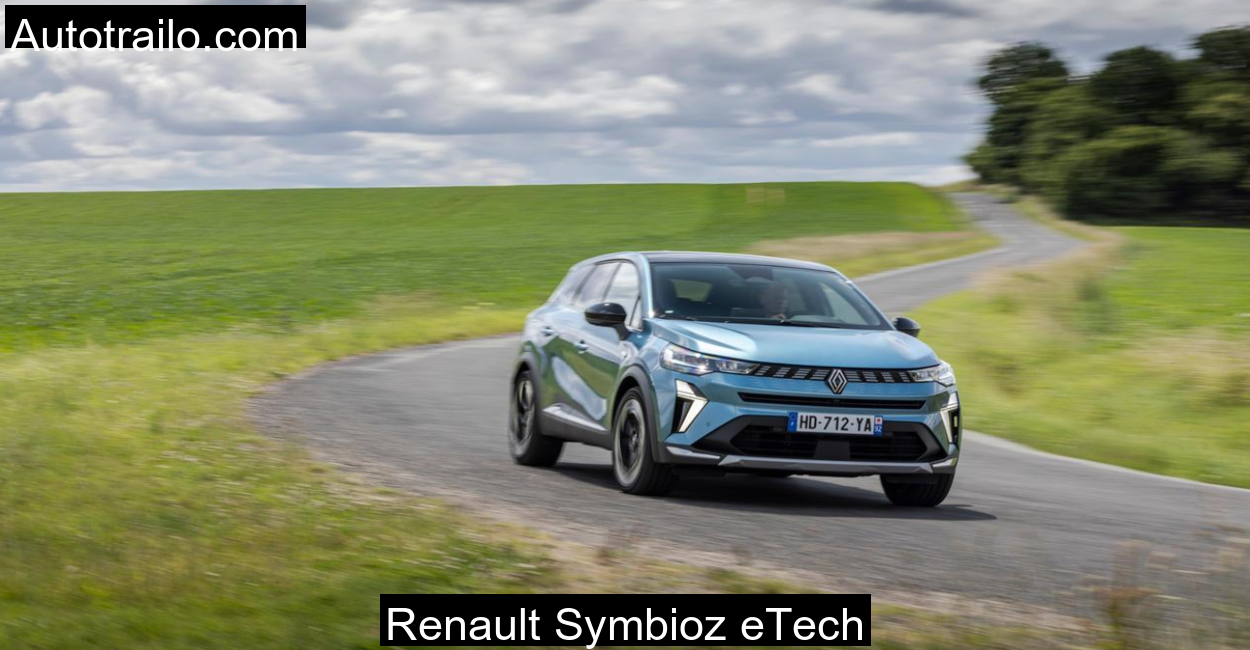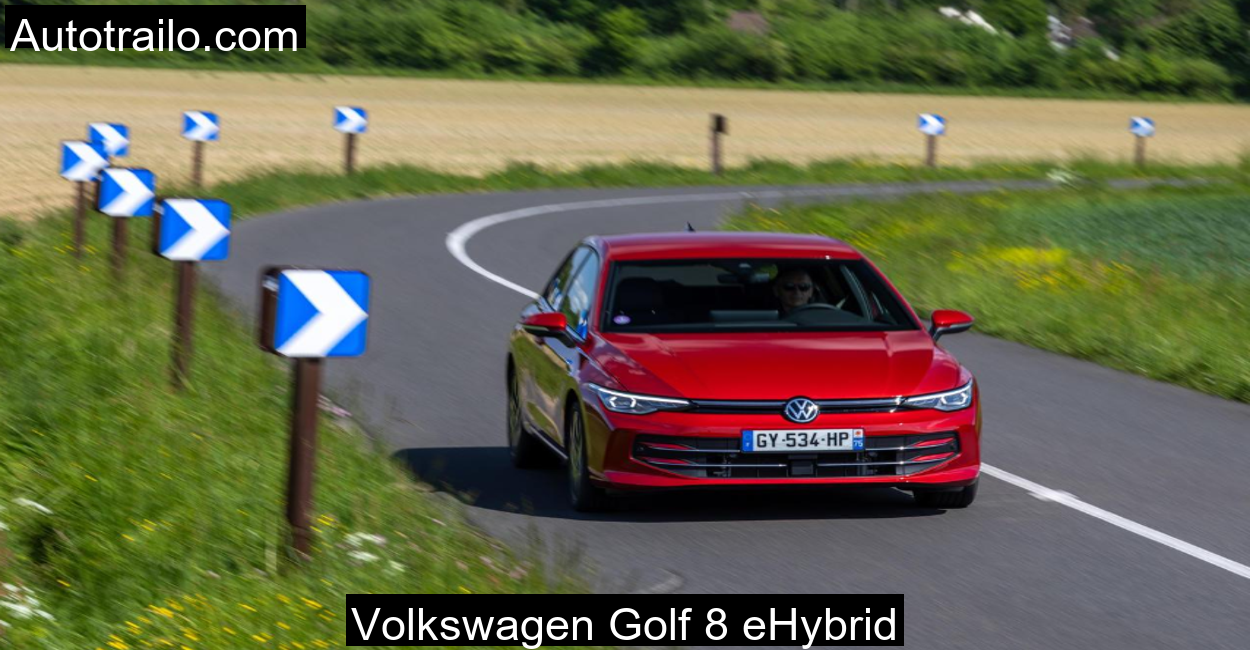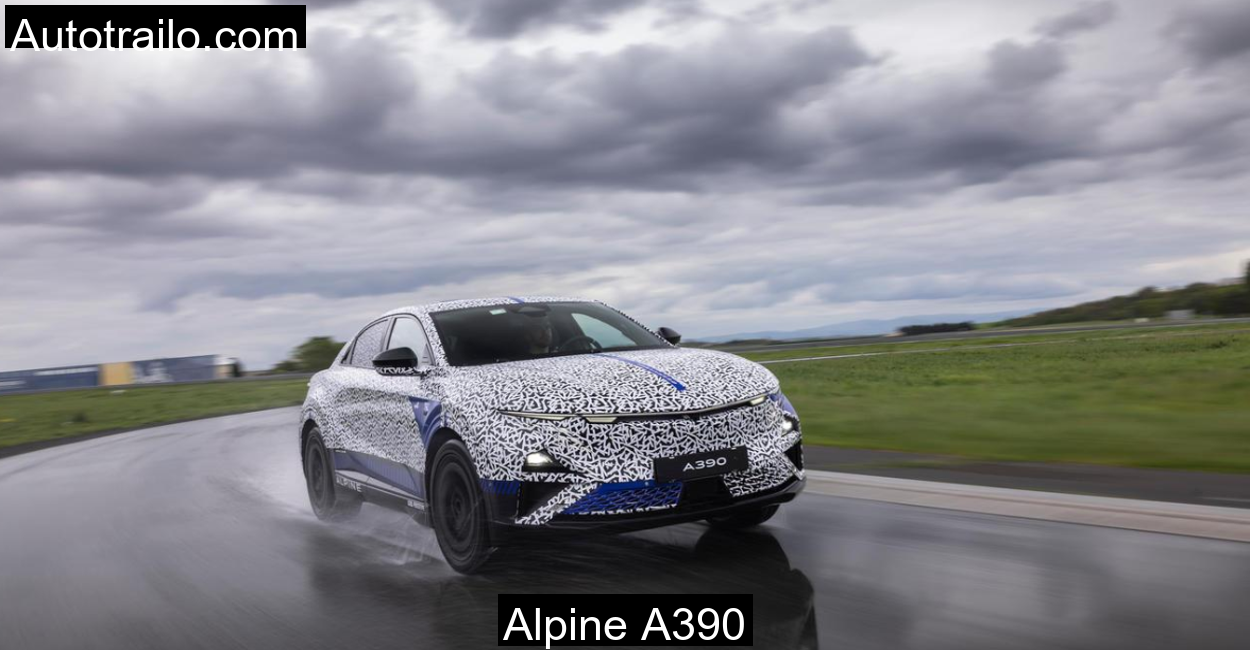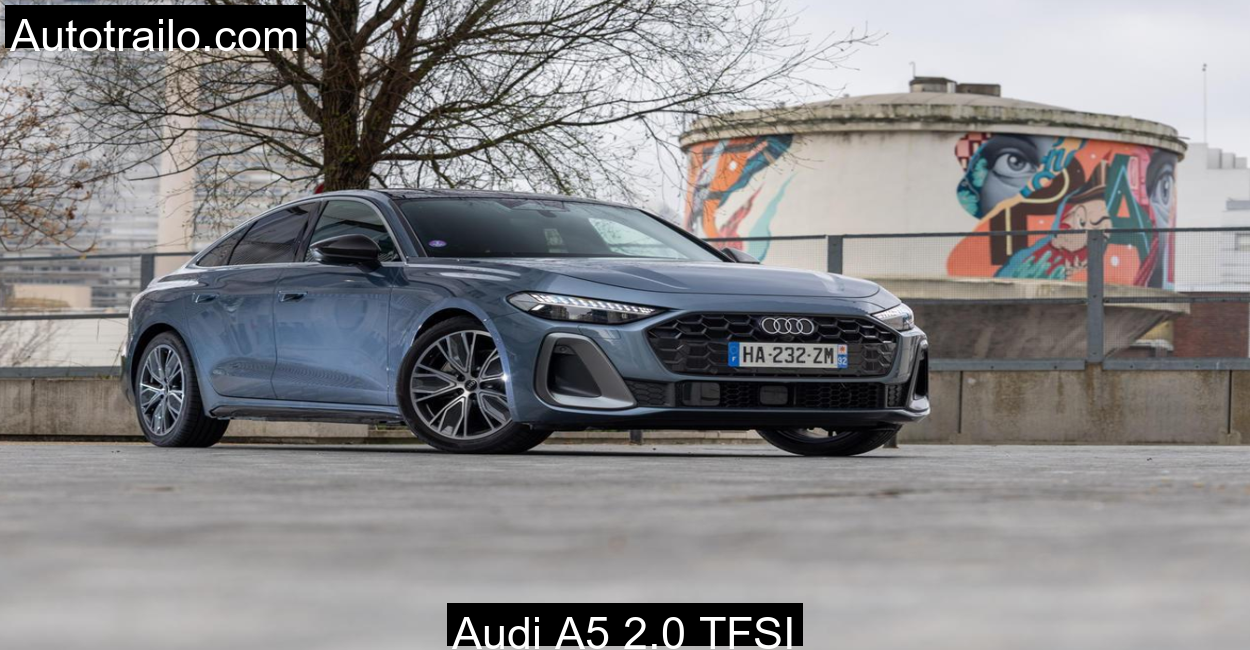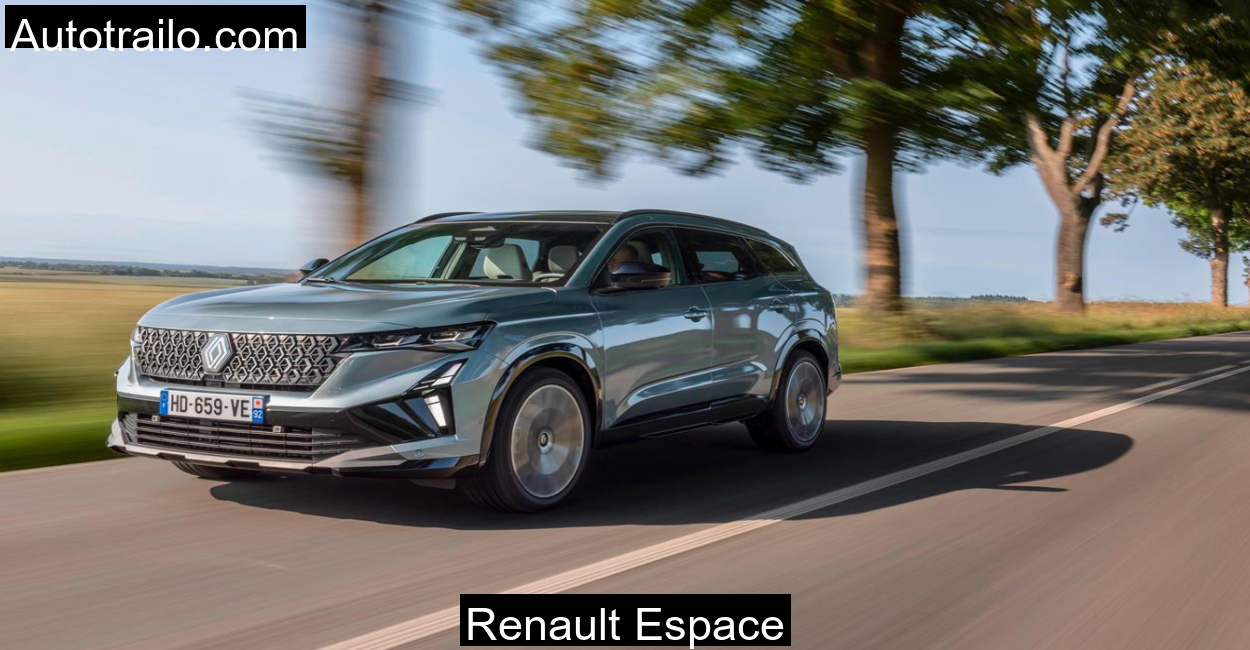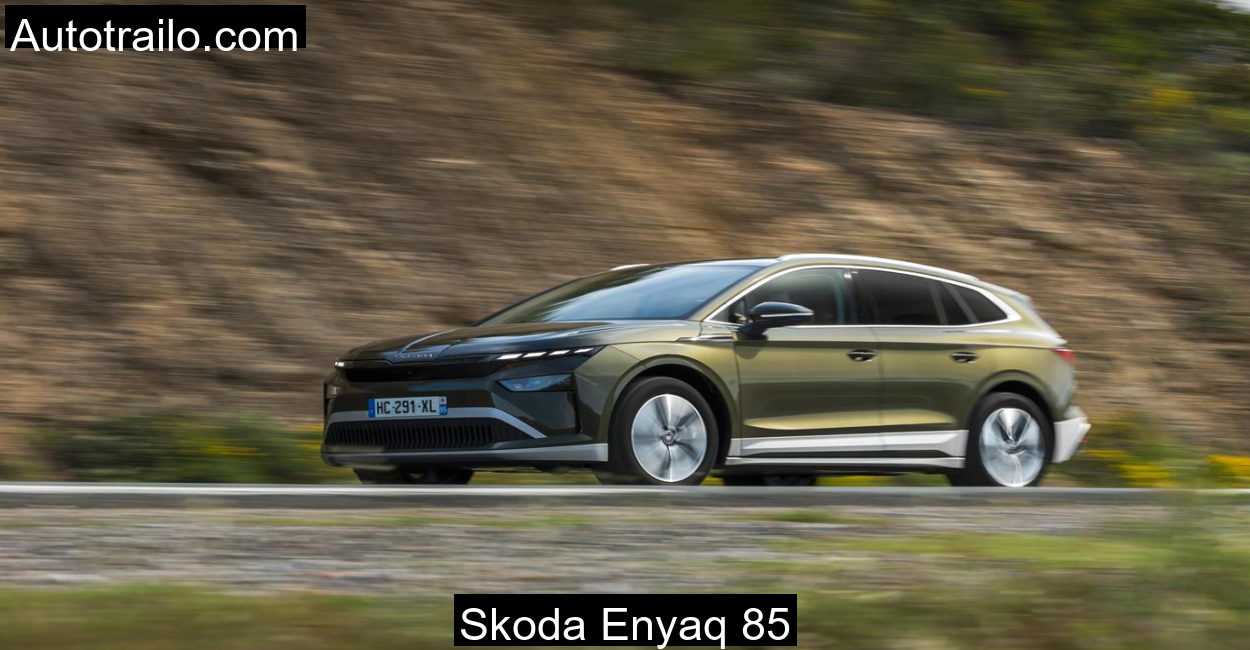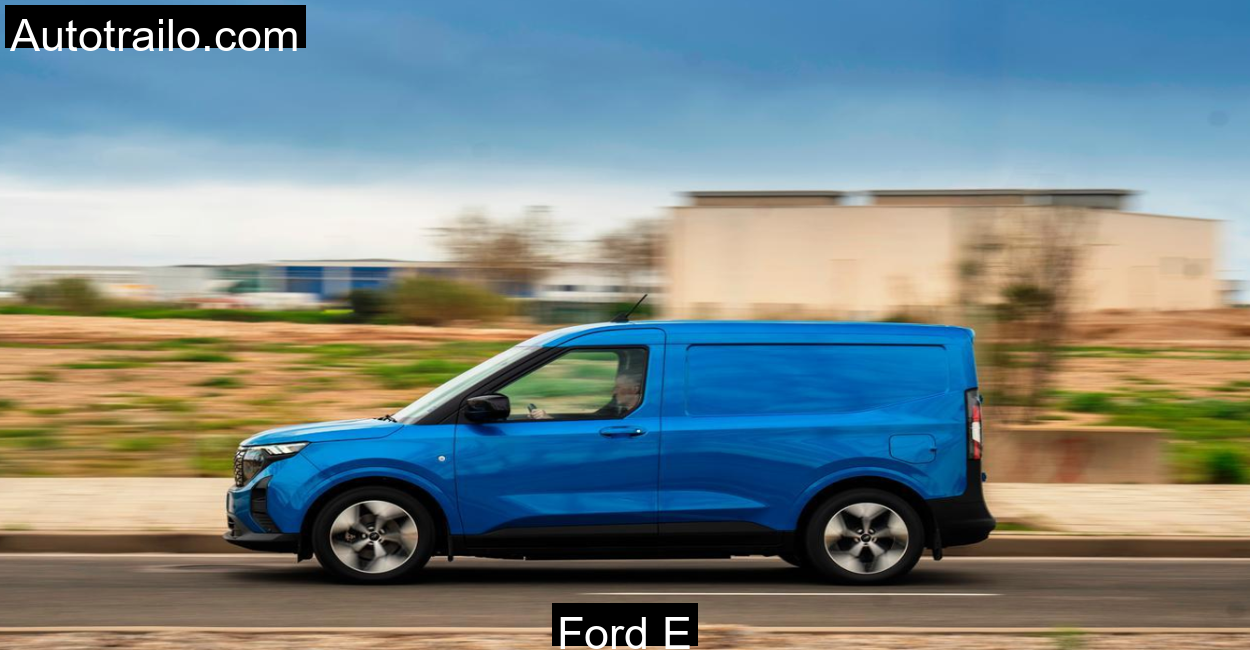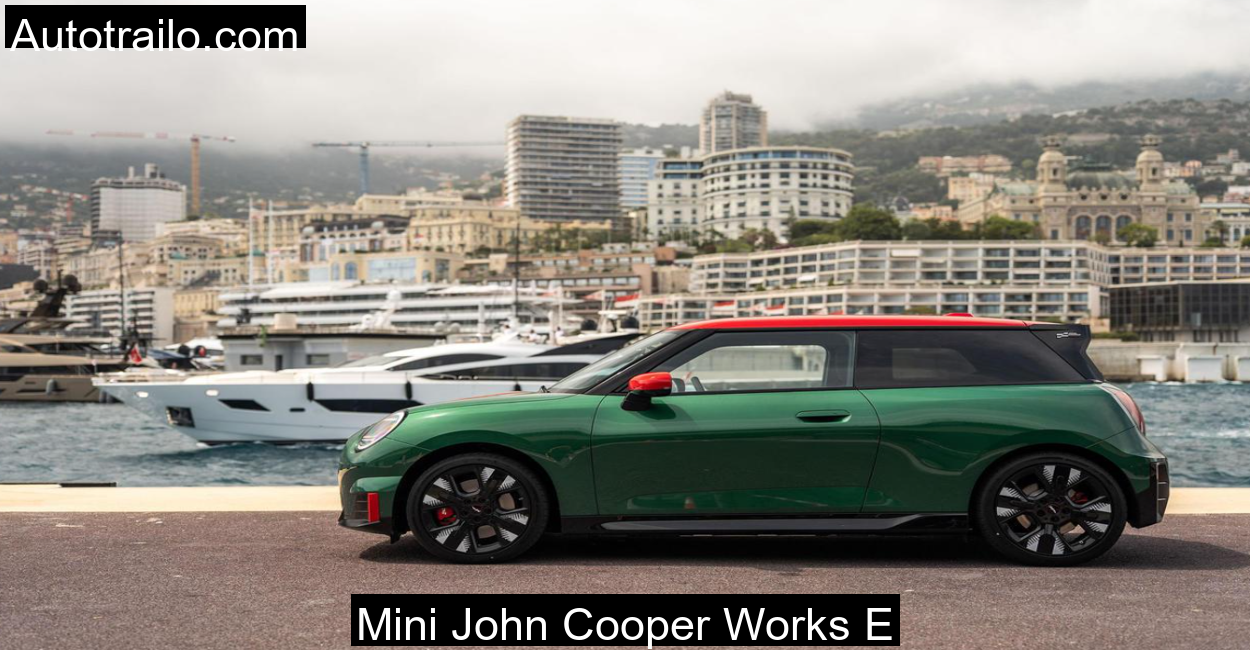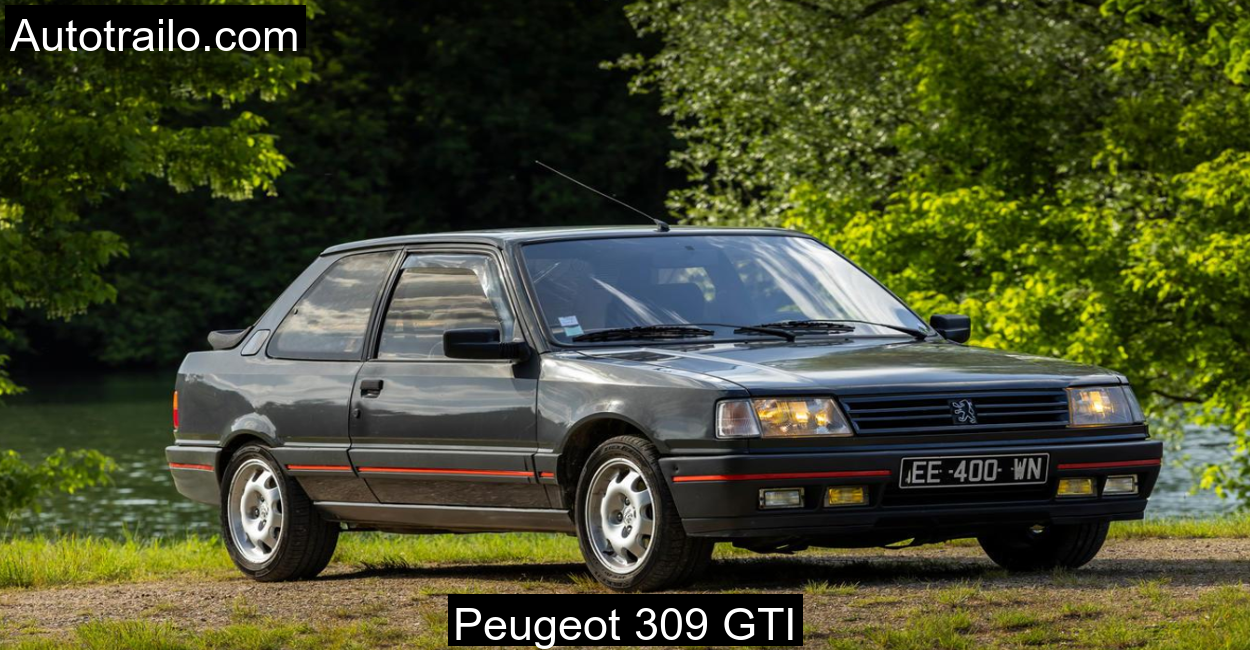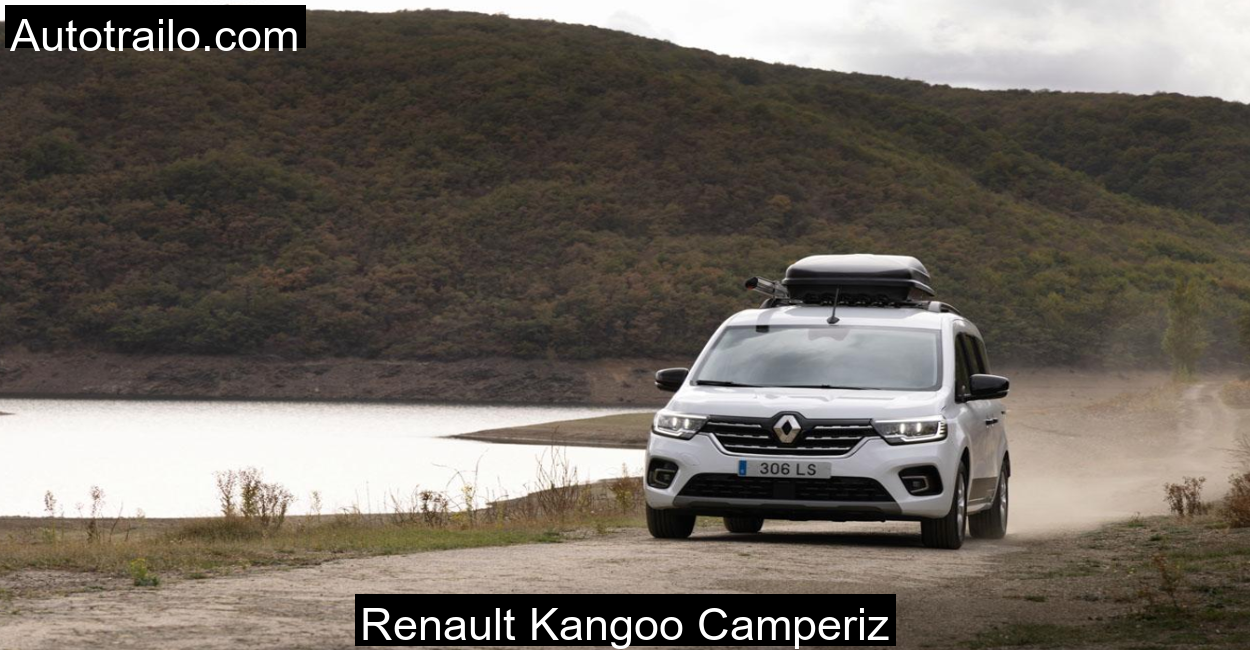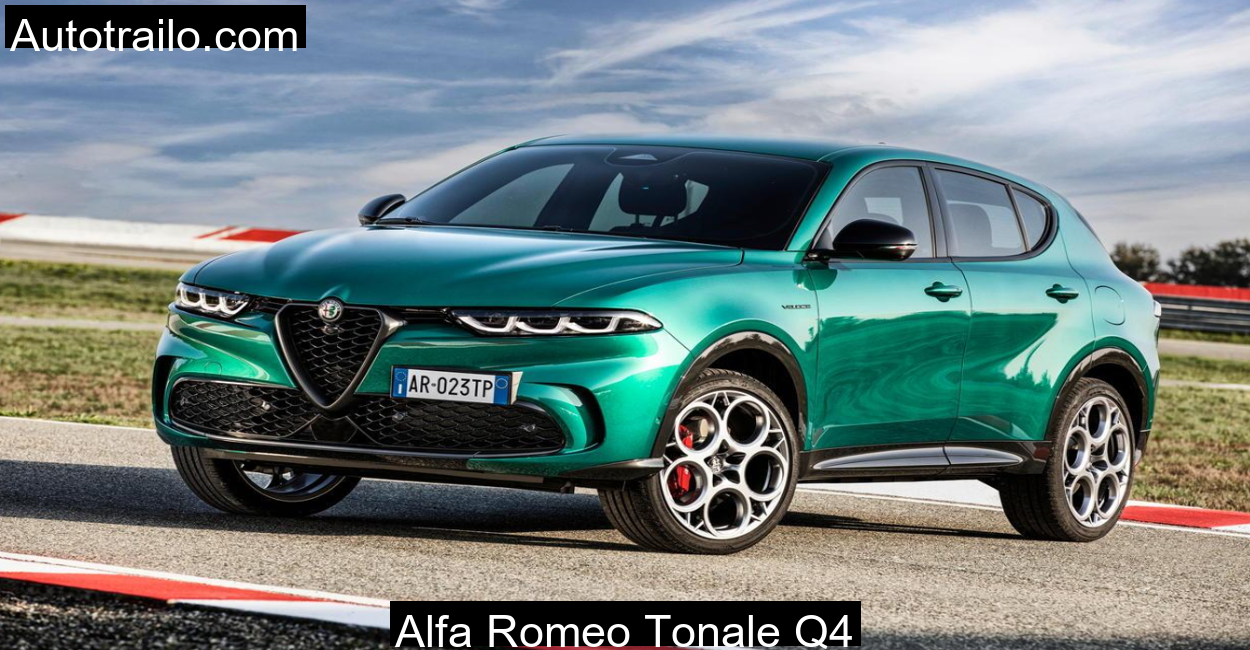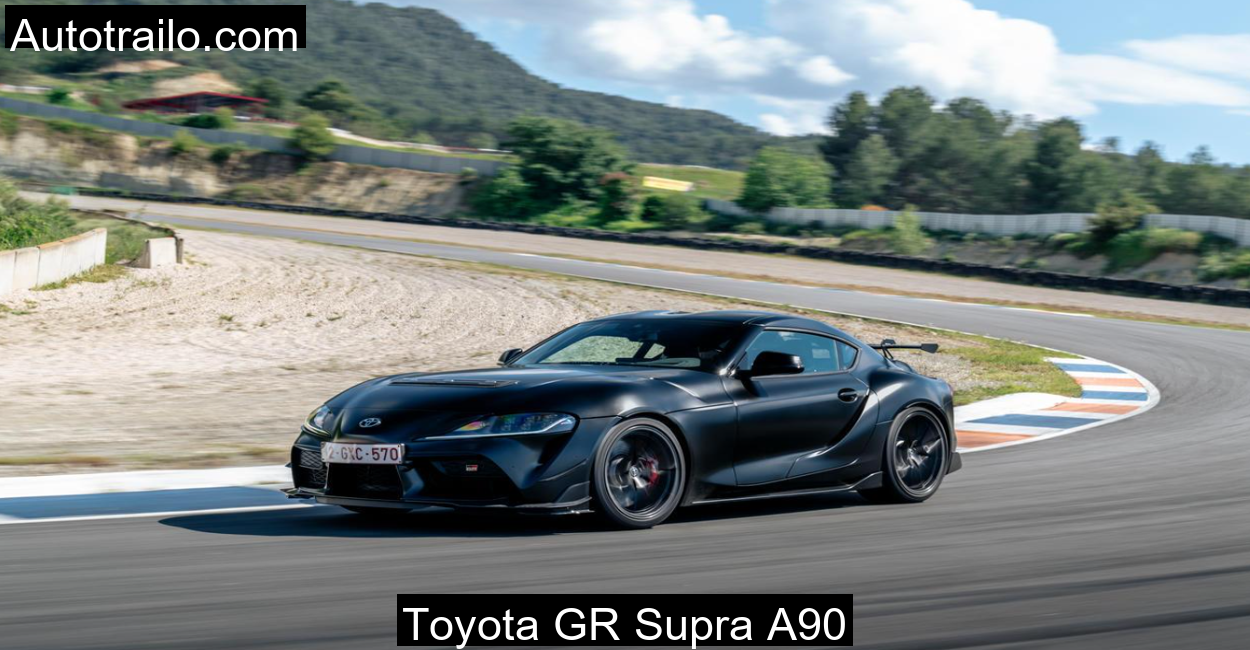Hidden in India’s northeastern frontier, where roads feel like whispers across the mountains, I found the perfect place to meet the 2025 Renault Symbioz E-Tech 160. Tucked deep in Arunachal Pradesh’s Dibang Valley, Anini greeted me with curling mist and mountain air so fresh it felt like a shock to the lungs. There were no honking horns or urban distractions, just long winding paths, the occasional grazing yak, and the deep hum of the Symbioz’s hybrid heart.
Before diving into the performance, let’s break down what powers this French beauty on such challenging terrain.
Specifications of the Renault Symbioz E-Tech 160
When sharing Renault’s insights, we stick to the official word – sourced live from their website.
| Attribute | Detail |
| Length | 4.41 m |
| Width | 1.80 m |
| Height | 1.58 m |
| Wheelbase | 2.64 m |
| Ground Clearance | Moderate (SUV-standard) |
| Engine | 1.8L 4-cylinder petrol hybrid |
| Transmission | Automatic multi-mode dog clutch |
| Electric Motor Output | 49 hp + 20 hp |
| Battery Capacity (Net) | 1.4 kWh |
| Total Power (Hybrid Combined) | 160 hp |
| Torque | 265 Nm |
| 0 to 100 km/h | 9.1 seconds |
| Fuel Efficiency (WLTP) | 4.3 l/100 km |
| Boot Capacity | 434–548 liters |
| Drive Type | Front-Wheel Drive |
A First Glance at the French Hybrid in Himalayan Silence
Touching down at Roing and then taking the uphill climb to Anini in the Renault Symbioz felt like staging a contrast, European innovation winding its way through India’s raw, unfiltered beauty. The first thing that struck me wasn’t the performance, but the way the SUV blended into the environment without intruding. The engine didn’t snarl to life. It whispered.
The Symbioz always starts in full electric mode, which was ideal for the early stretches near forest checkposts where silence is respected. Cruising at 30 km/h past dense bamboo groves and wooden houses built on stilts, the SUV felt like it belonged, not disrupting the quiet, only becoming part of it. As the gradient increased, the petrol engine slipped into play. You don’t notice it until you look at the energy flow on the digital screen.
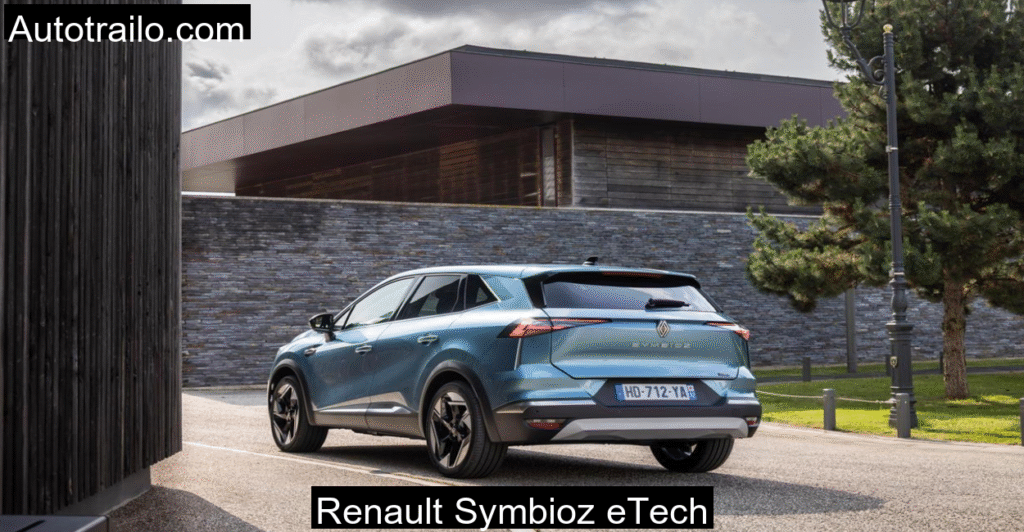
Comfort Meets Capable: Suspension and Ride Quality on Patchy Roads
The road from Roing to Anini isn’t the kind you’d brag about in asphalt quality. The route served up a blend of cracked asphalt, loose gravel sections, and the odd splash through shallow stream crossings. This is where the Symbioz’s soft suspension tuning showed both its strength and its limits.
Over moderate undulations, it sailed smoothly. But when I picked up pace, say, above 60 km/h, there was a bit of bounce over uneven terrain. It never got jarring, just a reminder that this SUV is more tuned for urban and light highway use, not hardcore off-roading.
Despite its front-wheel-drive layout, the grip was sufficient. The tires didn’t squirm even during light climbs on loose gravel. The electric assist made sure torque delivery was instant when needed. You don’t feel underpowered unless you’re gunning it up a sharp incline with a full load.
Powertrain of The New E-Tech Hybrid: Evolution Refined
Renault’s decision to replace the 145 hp unit with a 160 hp powertrain wasn’t just a number game. It’s about improving driving feel. The 1.8L engine with direct injection brings better throttle response and stronger mid-range acceleration. In practice, on the long straight leading to Etalin village, I could feel the extra punch when overtaking slow-moving trucks.
The multi-mode dog clutch gearbox is an engineering marvel. There’s no conventional clutch, no torque converter, just a smart orchestration of electric motors and gear selectors. When driving gently, the gear shifts were seamless. But under hard acceleration, the brief torque gaps were still noticeable.
That said, gear changes were much quicker than what I remembered from the previous generation. The third gear, in particular, now engages without delay, allowing the petrol motor to step in more naturally during climbs.
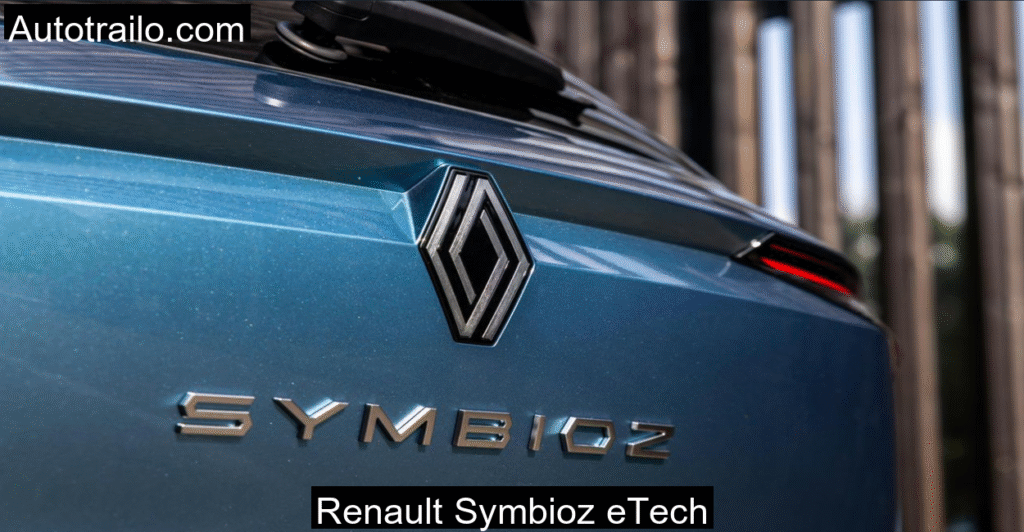
In-Cabin Tech and Daily Usability: A Google-Powered Bonus
Sitting inside the Symbioz as I waited for a landslide-cleared passage near Mipi, I explored the Google-based infotainment system. It’s genuinely one of the easiest interfaces I’ve used in a car this size. Smooth transitions, responsive touch inputs, and voice recognition that actually worked even with my thick muffler covering half my voice.
The customizable digital cluster behind the wheel wasn’t just stylish, it offered useful data. I loved watching the power flow in real-time, especially on descents where regenerative braking showed up as green arrows refilling the battery.
Space-wise, the cabin doesn’t feel massive but remains functional. With a companion up front and two locals seated in the rear, the ride remained comfortable enough that no one voiced discomfort. The rear sliding bench was handy. I pushed it forward slightly to get more luggage room for my duffel and drone kit. The boot, while smaller due to the battery, was still good enough for this 3-day trip.
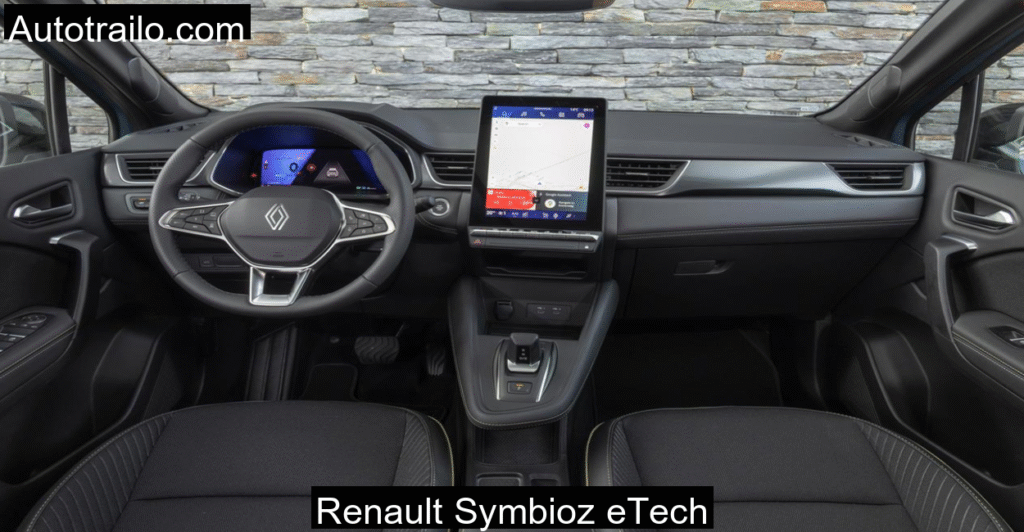
Performance in the Hills: Not a Beast, but a Balanced Climber
On the switchbacks between Alinye and Anini town, the Symbioz didn’t roar, it calculated. Power wasn’t brute, it was intelligent. The torque from the electric motors helped it pull uphill without drama. I had moments where I wanted it to be more eager, especially when the battery was low and the petrol motor had to do the heavy lifting. But overall, it maintained rhythm.
Steering feedback wasn’t communicative. It felt overly light and slightly vague, which made tight corners feel a bit disconnected. That said, for most buyers who won’t be carving mountain passes every weekend, this steering setup makes low-speed maneuvers easier, especially in town traffic.
Braking had a soft initial feel, likely due to regenerative blending, but it did stop predictably once I adjusted to it.
Fuel Efficiency Observations in the Real World
The claimed 4.3 l/100 km figure is always a skeptical topic for hill drives. But to my surprise, despite elevation gain, three passengers, and near-constant heater use, I averaged about 5.5 l/100 km over two days. That included several climbs, flat runs, and idle sessions.
Downhill, especially using regen braking smartly, I saw stretches where the engine didn’t run for nearly 15 minutes. In town-like conditions, between settlements, I could actually manage full EV driving for 2-3 kilometers without waking the petrol engine.
For a car of this size and capability, these numbers are commendable.
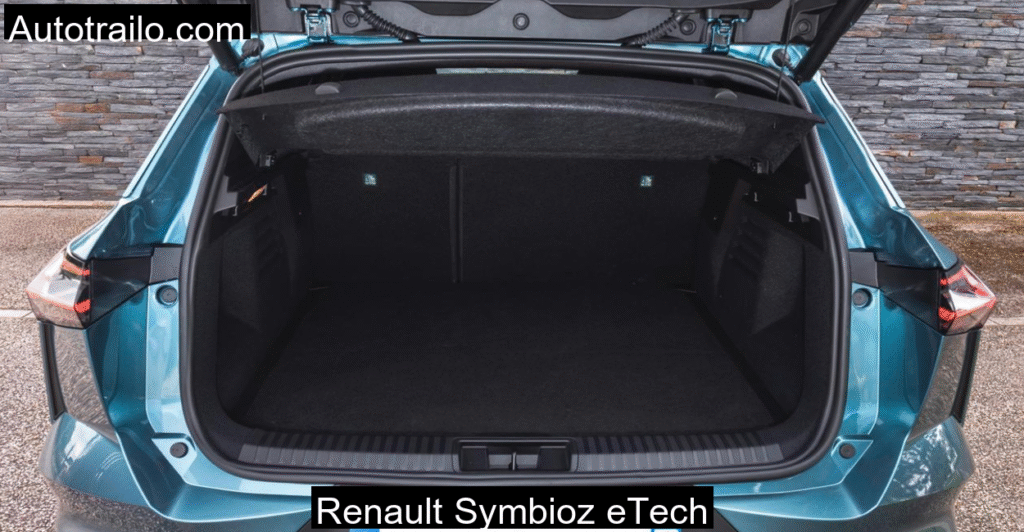
Conclusion: The Symbioz E-Tech 160 Finds Its Peace in the Hills
The 2025 Renault Symbioz E-Tech 160 doesn’t try to be a performance SUV. It doesn’t pretend to be rugged or macho. Instead, it carves its own identity, quiet, thoughtful, comfortable, and in sync with modern driving needs. In Anini Valley, where nature demands respect and excess feels vulgar, this SUV found its rhythm.
It’s perfect for those who appreciate clever engineering without shouting about it. Families who want space and comfort. Professionals who need an urban commuter that doesn’t feel out of place on a holiday road trip. And drivers like me, who enjoy a good story with every turn.
Frequently Asked Questions
What is the key improvement in the E-Tech 160 compared to the earlier E-Tech 145?
The main upgrades are a larger 1.8L engine, better torque (172 Nm vs. 150 Nm), faster gear changes with the updated dog clutch system, and an increase in battery capacity to 1.4 kWh, resulting in smoother transitions and more responsiveness.
Can the Renault Symbioz be driven in fully electric mode?
Yes, but only for short distances of 3–5 km under light load and urban conditions. It’s not a plug-in hybrid, so the electric-only range is limited.
How does the Symbioz perform on hilly or broken roads?
It performs adequately. Power delivery is consistent, the electric assist helps with climbs, and the soft suspension favors comfort. However, very rough terrain or off-road conditions are not its strength.
Is the hybrid system noisy when switching between power sources?
Transitions are mostly seamless. At times, the petrol engine can become slightly audible when it kicks in as a generator, but it doesn’t disrupt the cabin experience.
